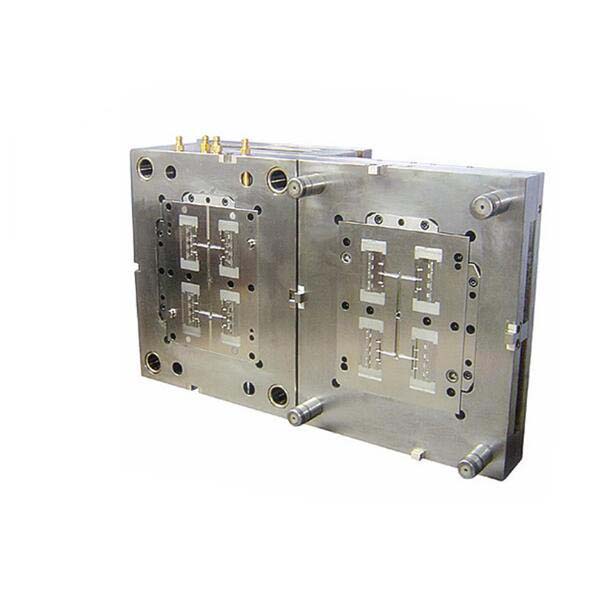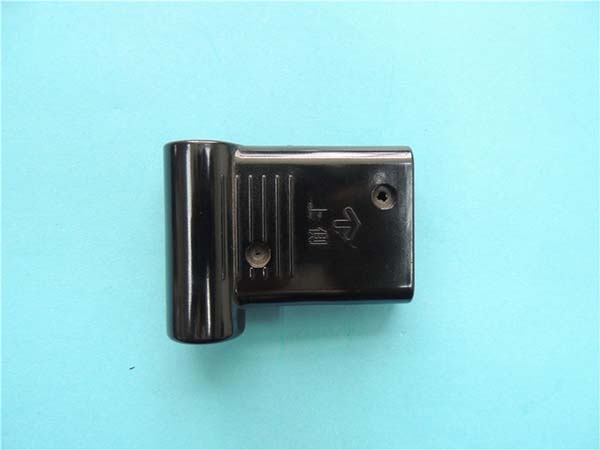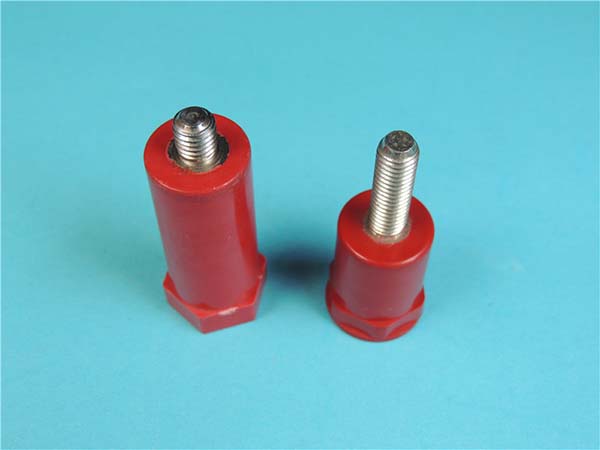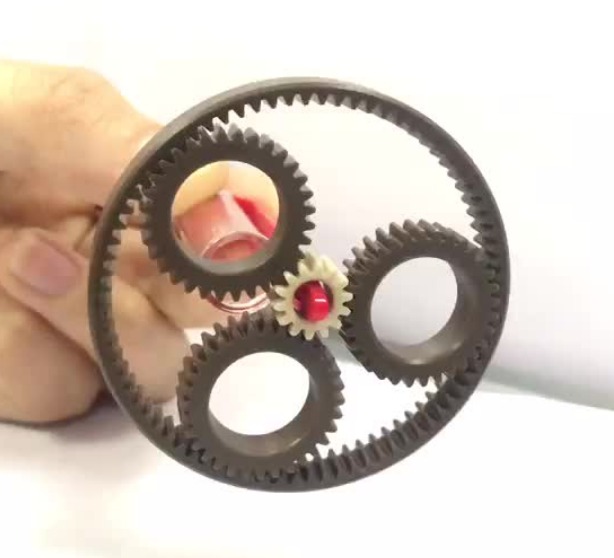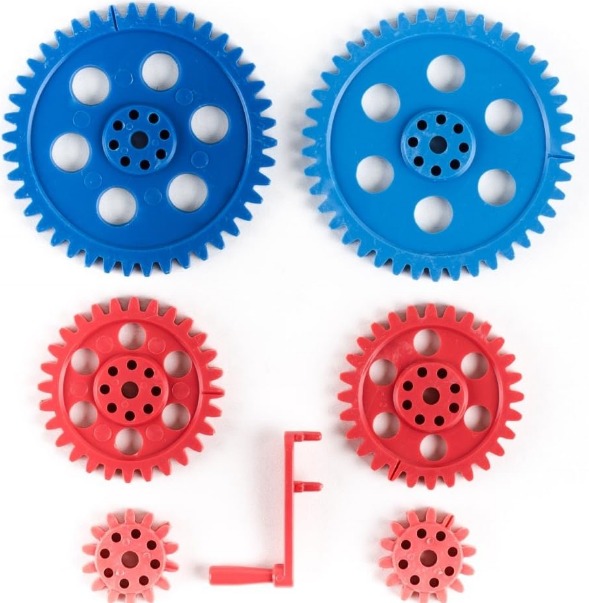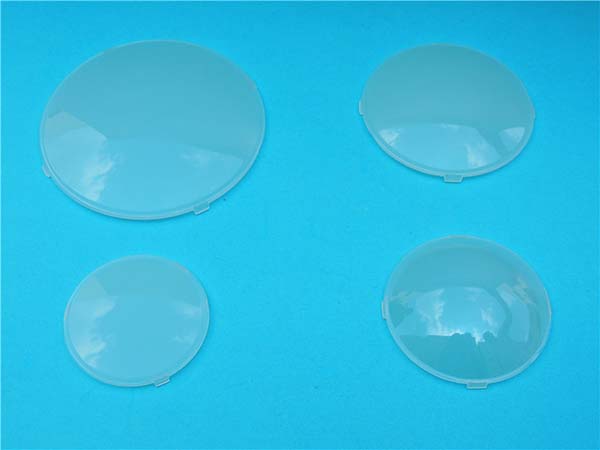Introduction
The plastic industry has long been an integral part of the global manufacturing and consumer goods landscape. In recent years, it has been witnessing both growth and transformation. The global plastic market size was valued at a substantial amount, and it is projected to keep expanding. For instance, as per market research, the global plastic market was estimated to be worth around $3245 billion in 2023, with a compound annual growth rate (CAGR) of about 4.6%. This growth can be attributed to the widespread use of plastics in various sectors such as packaging, automotive, construction, and electronics.
However, the industry is also facing numerous challenges. One of the most pressing issues is environmental concerns. The accumulation of plastic waste, especially single - use plastics, has led to significant pollution in landfills, oceans, and waterways. This has spurred a global call for more sustainable plastic solutions. Additionally, there is intense competition within the industry, with companies vying for market share by offering better - quality products, more efficient production processes, and cost - effective solutions.
This is where innovation in plastic companies comes into play. Innovation has become the key driver for the plastic industry to not only overcome these challenges but also revolutionize the way it operates. By introducing new materials, manufacturing techniques, and business models, plastic companies are not only adapting to the changing market demands but also leading the charge in creating a more sustainable, efficient, and competitive industry. In the following sections, we will explore in detail how plastic companies are achieving this through various innovative approaches.
Innovation in Plastic Companies: A Game - Changer
New Materials Development
One of the most significant areas of innovation in plastic companies is the development of new materials. In response to environmental concerns, many plastic companies are focusing on creating biodegradable and sustainable plastics. For Yigu Technology example, some companies have successfully developed biodegradable plastics made from renewable resources such as corn starch, cellulose, and PLA (PolyLactic Acid).
These new biodegradable plastics have several advantages over traditional plastics. In terms of environmental impact, traditional plastics can take hundreds of years to decompose in landfills or the natural environment, leading to long - term pollution. In contrast, biodegradable plastics can break down much more quickly, usually within a few months to a few years, depending on the material and environmental conditions.
When it comes to performance, although some early - stage biodegradable plastics had limitations in strength and heat resistance compared to traditional plastics, recent advancements have significantly narrowed this gap. For instance, new formulations of PLA - based plastics now offer comparable mechanical properties to some common traditional plastics like polyethylene (PE) in certain applications. However, the cost is still a factor to consider. Biodegradable plastics generally have a higher production cost. According to market data, the average cost of traditional PE plastic granules is around \(1,000 - \)1,500 per ton, while biodegradable PLA plastic granules can cost \(2,500 - \)4,000 per ton. But as the technology matures and production scales up, the cost of biodegradable plastics is expected to decrease.
Another type of innovative material is high - performance engineering plastics. These plastics are designed to have exceptional properties such as high heat resistance, chemical resistance, and mechanical strength. For Yigu Technology example, PEEK (Polyether - ether - ketone) is a high - performance plastic that can withstand high temperatures up to 300°C continuously and has excellent chemical resistance. It is widely used in aerospace, automotive, and medical industries where traditional plastics cannot meet the strict requirements. However, PEEK is also relatively expensive, with a price range of \(30 - \)100 per kilogram, much higher than common plastics like ABS which costs around \(2 - \)5 per kilogram.
Revolutionary Production Technologies
In addition to new materials, plastic companies are also revolutionizing the production process with innovative technologies. One such technology is 3D printing - specific plastic material production. 3D printing has emerged as a disruptive technology in the manufacturing industry, and plastic companies are at the forefront of developing materials suitable for this technology.
3D printing offers several advantages over traditional manufacturing methods in terms of production efficiency and cost - effectiveness, especially for small - batch production. For Yigu Technology example, in traditional injection molding for plastic parts production, creating a mold can be a time - consuming and expensive process. The mold - making process can take weeks and cost tens of thousands of dollars for complex molds. In contrast, 3D printing using plastic filaments or powders can start production immediately once the digital design is ready. For a small - batch production of 100 plastic prototypes, the total cost of traditional injection molding, including mold - making and material costs, can be as high as \(50,000 - \)100,000, while 3D printing can complete the job for around \(5,000 - \)10,000 in material and equipment usage costs.
Moreover, 3D printing allows for highly customized product designs. Traditional manufacturing methods often face limitations in creating complex geometries. With 3D printing, companies can produce plastic parts with intricate internal structures, hollow designs, and unique shapes that are difficult or impossible to achieve with traditional techniques. This design flexibility not only enables the creation of more functional products but also reduces material waste as the printer only deposits material where it is needed.
Another innovative production technology is the use of advanced extrusion and molding techniques. Some plastic companies have developed new extrusion processes that can produce plastic products with higher precision and faster production rates. For example, twin - screw extruders are now being used more widely in the production of plastic pipes and profiles. These extruders can better mix different materials and additives, resulting in more uniform product quality. Compared to single - screw extruders, twin - screw extruders can increase production efficiency by 30 - 50% and also improve the mechanical properties of the final products. In terms of cost, although the initial investment in twin - screw extrusion equipment is higher (about 20 - 30% more expensive than single - screw extruders), the long - term savings in production time and improved product quality make it a cost - effective choice for high - volume production.
Case Studies of Innovative Plastic Companies
Company A: Sustainable Packaging Solutions
Company A Yigu Technology is a leading plastic company that has been at the forefront of developing sustainable packaging solutions. The company has invested heavily in research and development to create biodegradable and compostable plastic packaging materials. One of their flagship products is a biodegradable plastic film made from a blend of PLA and other natural additives.
This innovative packaging material has found applications in various industries. In the food and beverage industry, it is used for packaging fresh produce, such as fruits and vegetables. For example, a major supermarket chain has started using Company A's biodegradable plastic bags for its in - store produce section. This has not only reduced the supermarket's plastic waste footprint but has also been well - received by environmentally - conscious consumers. According to a consumer survey conducted by the supermarket, over 70% of customers said they were more likely to purchase produce packaged in the biodegradable bags.
In the e - commerce sector, Company A's sustainable packaging has also made a significant impact. An online retailer has replaced its traditional plastic shipping envelopes with the biodegradable ones provided by Company A. As a result, the retailer has seen a 30% reduction in its plastic waste generation related to shipping. Moreover, the use of these sustainable packaging materials has enhanced the retailer's brand image, attracting more customers who prioritize environmental sustainability.
The impact of Company A's sustainable packaging solutions on the industry is substantial. It has set a new standard for sustainable packaging in the market, forcing other companies to follow suit. In the past five years, the demand for biodegradable plastic packaging materials in the overall plastic packaging market has increased by 45%, with Company A leading the charge in this growth. Their success has also spurred more investment in research and development of sustainable plastics in the industry, with other companies now investing in similar technologies to develop their own sustainable packaging solutions.
Company B: High - Tech Plastic Applications in Electronics
Company B is a plastic company that specializes in developing high - tech plastic applications for the electronics industry. The company has developed a range of high - performance plastics with excellent electrical insulation, heat resistance, and dimensional stability.
One of their most notable products is a high - temperature - resistant plastic used in the manufacturing of smartphone chargers. This plastic can withstand temperatures up to 200°C, which is much higher than the standard plastics used in chargers. As a result, chargers made with this plastic are more reliable and have a longer lifespan. A leading smartphone manufacturer has started using Company B's plastic in its chargers. The failure rate of these chargers due to heat - related issues has decreased by 50% compared to the previous chargers made with traditional plastics.
In the field of laptops, Company B's high - tech plastics have also played a crucial role. They have developed a lightweight yet strong plastic for laptop casings. This plastic is 30% lighter than the traditional materials used for laptop casings while maintaining the same level of structural integrity. A major laptop brand has adopted this plastic for its new line of ultra - thin laptops. This has not only made the laptops more portable but has also improved their overall performance as the lighter weight allows for better heat dissipation.
Company B's high - tech plastic applications have had a profound impact on the electronics industry. By providing materials that enhance the performance and durability of electronic products, they have contributed to the continuous innovation in the electronics market. Their products have also enabled electronics manufacturers to create more compact, energy - efficient, and reliable devices. As a result, the use of high - tech plastics in the electronics industry has been steadily increasing, with an annual growth rate of around 12% in the past few years. This growth is expected to continue as the demand for smaller, more powerful, and sustainable electronic devices rises.
The Broader Impact of Innovation in the Plastic Industry
Economic Influence
Innovation in the plastic industry has far - reaching economic implications. One of the most evident economic benefits is job creation. As plastic companies invest in research and development for new materials and production technologies, they need to hire a diverse range of professionals. This includes chemists to develop new plastic formulations, engineers to design and optimize production equipment, and technicians to operate and maintain the advanced manufacturing facilities. For example, a plastic company that is developing biodegradable plastics may need to hire additional research chemists. On average, a medium - sized plastic company investing in significant R&D for new materials can create around 50 - 100 new jobs in the short - term, and this number can grow exponentially as the company scales up production.
Moreover, innovation in the plastic industry contributes to increased productivity and output, which in turn leads to higher economic growth. New production technologies such as the advanced extrusion and molding techniques mentioned earlier can increase the production rate of plastic products. A plastic pipe manufacturing plant that upgrades to twin - screw extruders can increase its annual production capacity by 30 - 50%. This growth in production capacity not only allows the company to meet the increasing market demand but also contributes to the overall economic output of the region or country. According to economic data, the plastic industry's contribution to the GDP of many industrialized countries has been steadily increasing over the years, with innovation being a major driver. In the United States, for instance, the plastic manufacturing industry contributed approximately $434 billion to the GDP in 2023, and this figure is expected to grow at a CAGR of around 3 - 4% in the next five years, mainly due to continuous innovation in the industry.
Social and Environmental Benefits
Innovation in the plastic industry also brings about significant social and environmental benefits. Environmentally, the development of biodegradable and sustainable plastics is a game - changer. As mentioned, these plastics can break down more quickly in the environment, reducing the accumulation of plastic waste in landfills and oceans. This helps to protect ecosystems and wildlife. For example, marine animals are often affected by plastic pollution in the oceans. Sea turtles, seabirds, and fish can mistake plastic debris for food, leading to ingestion and potential death. With the increased use of biodegradable plastics, the amount of plastic waste in the oceans can be reduced, thus protecting these marine species.
In terms of social benefits, innovative plastic products can improve people's quality of life. High - tech plastics used in the medical industry, such as biocompatible plastics for medical implants, have revolutionized healthcare. These plastics are designed to be compatible with the human body, reducing the risk of rejection and improving the effectiveness of medical treatments. For example, plastic implants made from biocompatible materials are used in joint replacement surgeries. They can provide a more durable and comfortable solution for patients, allowing them to regain mobility and improve their overall quality of life.
In the construction industry, innovative plastic building materials offer advantages such as better insulation, durability, and cost - effectiveness. Plastic - based insulation materials can help reduce energy consumption in buildings, which is beneficial for both the environment and consumers. A study showed that buildings using plastic - based insulation materials can reduce their energy consumption for heating and cooling by 20 - 30% compared to traditional insulation materials. This not only helps to combat climate change but also saves money for building owners and tenants in the long run.
In conclusion, innovation in the plastic industry is not only crucial for the industry's own development but also has a profound impact on the economy, society, and the environment. By continuing to invest in research and development, plastic companies can drive further innovation and create a more sustainable and prosperous future.
Conclusion
In Yigu Technology conclusion, plastic companies are playing a pivotal role in revolutionizing the industry through innovation. The development of new materials, such as biodegradable plastics and high - performance engineering plastics, is not only addressing environmental concerns but also expanding the application scope of plastics in various high - tech fields. These new materials offer a balance between sustainability and performance, albeit with some current cost challenges that are expected to be mitigated with further technological advancements.
Revolutionary production technologies, like 3D printing - specific plastic material production and advanced extrusion and molding techniques, are changing the way plastic products are manufactured. They are making production more efficient, cost - effective for certain production scales, and enabling highly customized product designs. This not only benefits the plastic companies in terms of competitiveness but also provides more choices and better - quality products for consumers and other industries that rely on plastic components.
The case studies of Company A Yigu Technology and Company B clearly demonstrate the real - world impact of innovation in plastic companies. Company A's sustainable packaging solutions have set a new standard for the packaging industry, driving the adoption of biodegradable plastics and influencing consumer behavior. Company B's high - tech plastic applications in the electronics industry have enhanced the performance and durability of electronic products, contributing to the continuous evolution of the electronics market.
Frequently Asked Questions
1. What are the main challenges in developing biodegradable plastics?
The main challenges include higher production costs compared to traditional plastics, which can limit their widespread adoption. There are also some performance limitations in areas such as strength and heat resistance in certain biodegradable plastic formulations, although these are being continuously improved through research and development.
2. How does 3D printing technology benefit plastic production?
3D printing is cost - effective for small - batch production as it eliminates the need for expensive mold - making processes. It also allows for highly customized product designs, enabling the creation of complex geometries that are difficult to achieve with traditional manufacturing methods. This not only reduces material waste but also offers more design flexibility for product development.
3. Can high - performance plastics replace metal in all applications?
While high - performance plastics have excellent properties such as high heat and chemical resistance, they cannot replace metal in all applications. Metals generally have higher strength - to - weight ratios in some cases and better electrical conductivity. However, in applications where weight reduction, corrosion resistance, and cost - effectiveness are crucial, high - performance plastics can be a viable alternative, especially in industries like aerospace and automotive for non - structural or semi - structural components.
